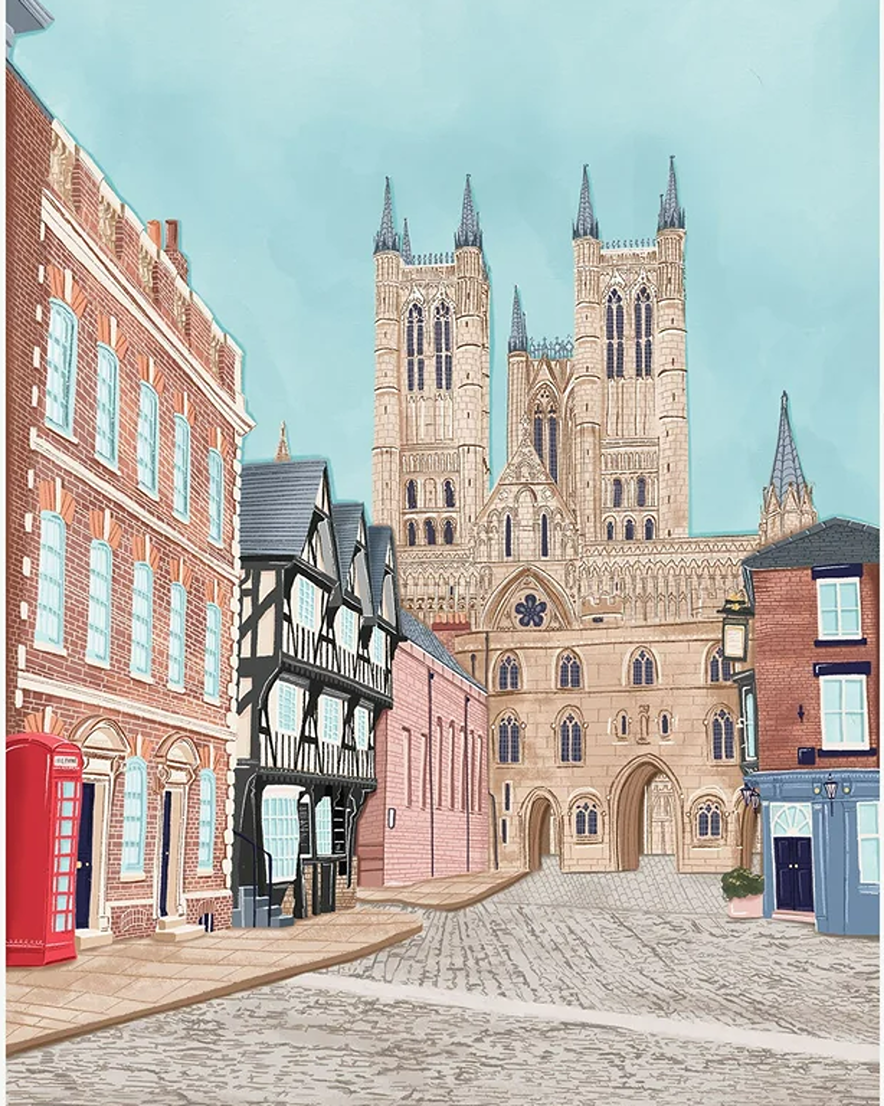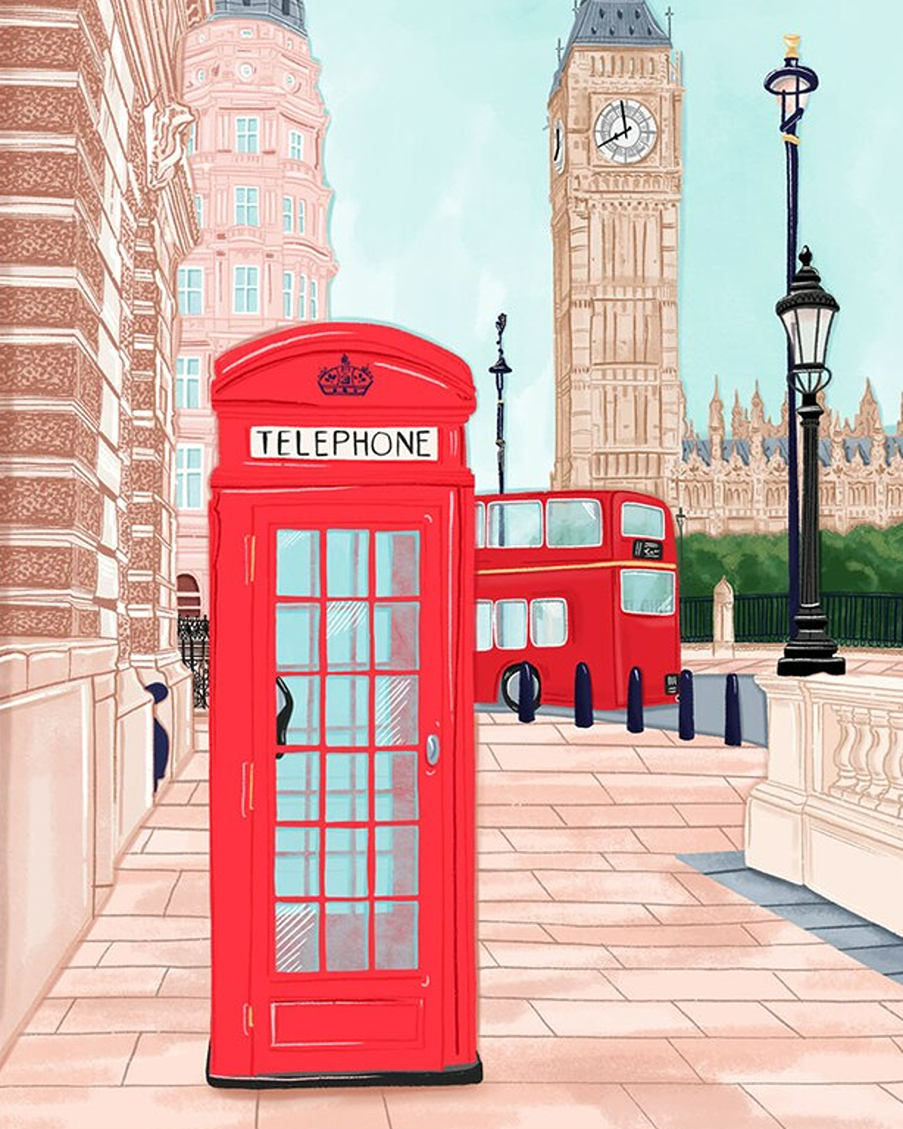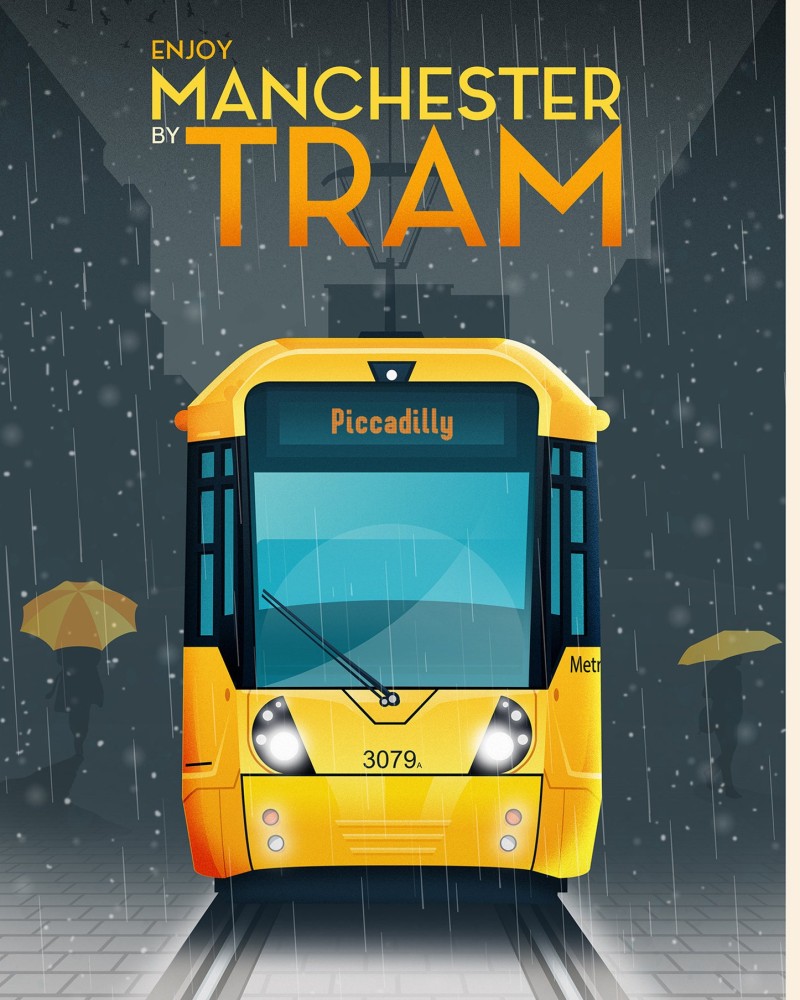Let’s Visit The Historic City of Lincoln

The main city of Lincoln has ancient roots, but due to no motorways, you’ll find more local food than most places. Look in stores for Linda McCartney’s vegan Lincolnshire sausages!
Lincoln Cathedral once claimed the title of the world’s tallest building. For over 200 years, its spire dominated the skyline, surpassing even the Great Pyramid of Giza. The cathedral’s architecture stuns from every angle, with carved stonework and stained glass that dates back to 1072.
The town of Boston was a central point of migration to the USA. Hence why there is a city of the same name, in Massachusetts, USA. Louth is ‘Lincolnshire’s favourite market town) where Georgian houses frame narrow streets, and the tall spire of St James’ Church stands out for miles.
Lincoln is an uphill and downhill shape, linked by Steep Hill, which is one long winding street. This rises sharply from the lower city to earth’s edge at Lincoln Cathedral (where a bevy of mute swans have made their home). Most visitors find themselves catching their breath, on the way up!
In 1905, Lincoln faced a serious health crisis, when a typhoid outbreak swept through the city. The cause was traced to polluted water, which had become contaminated by sewage. Hundreds of people fell ill, a timely reminder of why we need better sewage treatment, even today.
Just one incident like this say on Lake Windermere (a present campaign is ongoing to get more investment) could cause great harm, and also kill off the tourism industry).
One local resident who grew up in Lincoln was John Hurt, of whom some say was the world’s greatest actor. Son of a mathematician (who later became a parish priest), the city’s quiet streets and landmarks, fostered his creative mind.






